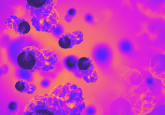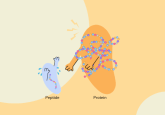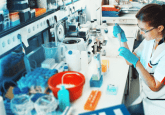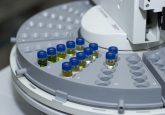Could mass spectrometry improve the accuracy of burn diagnosis?

Research has demonstrated that analyzing proteins in blister fluid by mass spectrometry could provide a more accurate method of diagnosing burn severity. This method could be utilized by physicians to more accurately determine the best course of treatment for patients based on depth, size and skin healing time, or re-epithelialization, of the burn.
Currently, diagnosing burn depth can take up to 2 weeks and accuracy is often dependent on a physician’s level of experience. Deep burns and those requiring longer than 21 days to heal will typically require skin grafts. Earlier and more accurate diagnosis of burn depth and re-epithelialization could therefore allow for treatment to be initiated in a timelier manner, potentially reducing scarring for patients. This is particularly important for pediatric burn patients since scar tissue is unable to expand and may result in impaired joint movement and bone development.
The study, published in the Journal of Proteome Research, reported the use of mass spectrometry to analyze proteomes of 56 samples of blister fluid from burns of different depths and re-epithelialization times. It was demonstrated that burn depth correlated with the pattern of protein abundance, with hemoglobin protein levels, for example, increasing with burn depth. Additionally, more collagen proteins, that are involved in scar formation, were present in fluid from burns that took longer than 21 days to re-epithelialize.
Overall, the team determined that measuring the abundance of several proteins rather than any protein alone was a more accurate way of predicting burn depth and time to re-epithelialization. It was also revealed that several burns may have been misclassified by doctors, suggesting that mass spectrometry analysis could be implemented to improve the accuracy of burn diagnosis at an earlier stage.
Sources: Zang T, Cuttle L, Broszczak DA et al. Characterization of the blister fluid proteome for pediatric burn classification. J. Proteome Res. 18(1), 69–85 (2019); www.eurekalert.org/pub_releases/2019-01/acs-bfc011719.php






